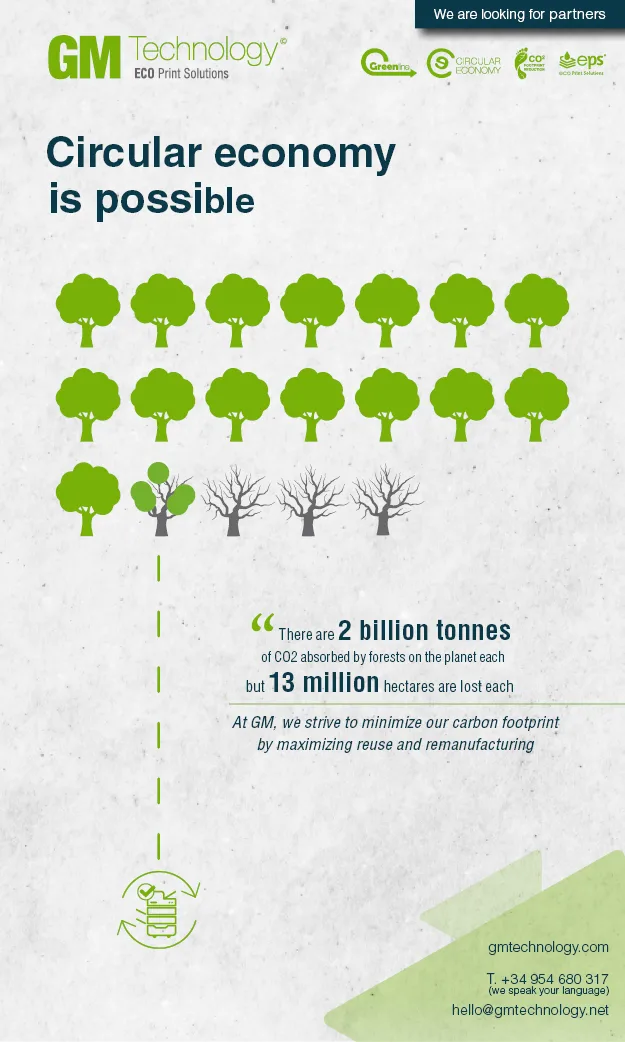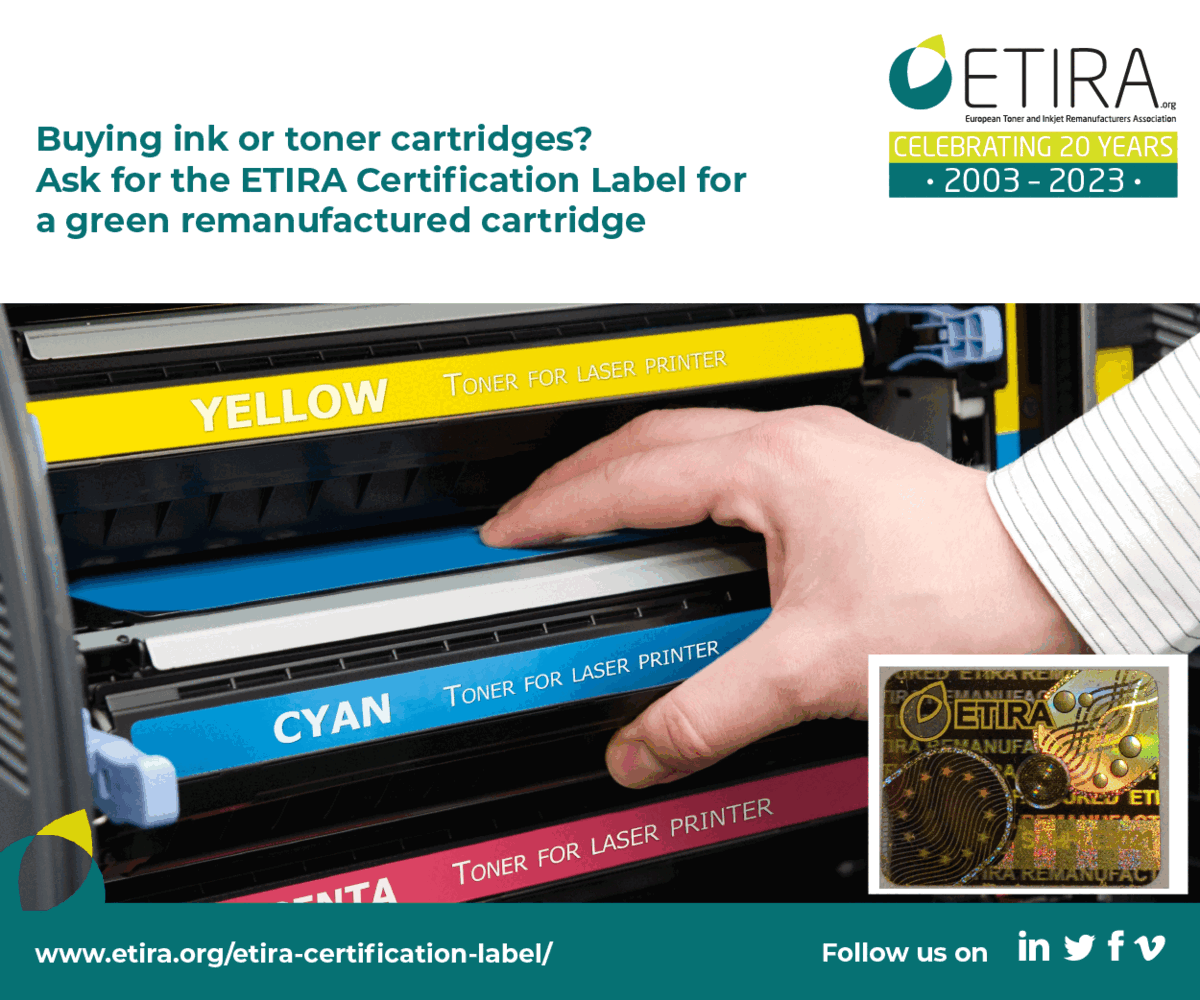 NASA spends $490,000 (€423,000) on remanufactured cartridges but comments to the EPA that new cartridges with recycled content should be considered.
NASA spends $490,000 (€423,000) on remanufactured cartridges but comments to the EPA that new cartridges with recycled content should be considered.
The U.S. Environmental Protection Agency (EPA) has been consulting on its Comprehensive Procurement Guidelines (CPGs) that signpost federal agencies towards purchasing recycled-content products that include toner cartridges.
NASA estimates its 2019 spend on remanufactured toner cartridges was $490,000 (€423,000) and commented to the EPA that apart from remanufactured toner cartridges the EPA should add an option to buy new cartridges with recycled content in addition to exclusively remanufactured cartridges because new toner cartridges with recycled content parts are available. NASA noted that “impediments have been documented that remanufactured cartridges are not always meeting specifications.”
Amanda Alderson, Director, Products, Office and Jan/San, National Industries for the Blind (NIB) suggests in their comment to the EPA: “A toner cartridge can be remanufactured at least once before useful life is expended and it needs to be disposed of. Utilising recycled cartridges will reduce landfill usage for the cartridges by 50% over using the New cartridges for the same time period. Current technology ensures, if purchased from a reputable source, there is no performance degradation in using a recycled cartridge over using new cartridges. Recycling of toner/inkjet cartridges promote awareness for recycling since it requires action to recycle and not just the passive buying of a good.”
The NIB submission also suggests that they add inkjet cartridges to the list of products and also recommends that government agencies set goals of X% use of remanufactured toner and inkjet cartridges.
Clover Imaging in their submission to the EPA commented on non-OEM new build cartridges, that “a high percentage of these compatible clones are from China. They are not TAA compliant, nor are they a green – environmentally sustainable option, and may have unresolved OEM IP issues, and EH&S toxicity concerns.” While “Refilled – will not meet ANSI STMC quality guidelines.”
Commenting further Clover said: “Compatible clones lack an international industry body that is in uniform agreement over how to define the variables. This is in stark contrast to:
- International Standards Organization (ISO) for the OEM’s, and
- The International Imaging Technology Council, www.I-ITC.com, w/ ANSI STMC guidelines, and
- RIT’s www.RemanCouncil.org (RIC) for the global remanufacturing community”
In 2019 The federal government announced plans terminate purchasing refurbished and used IT equipment through the General Services Administration. In 2018 the GSA spent around $15 million (€12.9 million) in sales of refurbished and used electronics.
According the Resource Recycling: “In making the decision on used and refurbished electronics, the GSA expressed concerns over supply chain vulnerabilities and counterfeiting. It cited President Trump’s May 2019 Executive Order on Securing the Information and Communications Technology and Services Supply Chain, as well as his April 2019 “Memorandum on Combating Trafficking in Counterfeit and Pirated Goods.” GSA also cited existing federal regulations concerning the risk of adversaries interfering with supply chains to sabotage electronics or use them to spy.”








